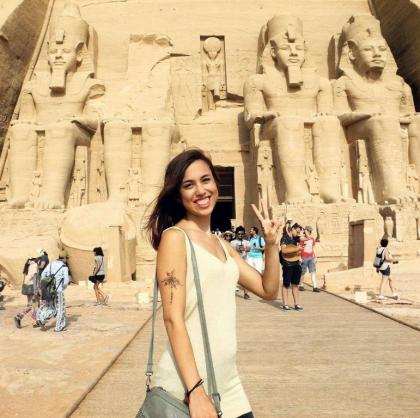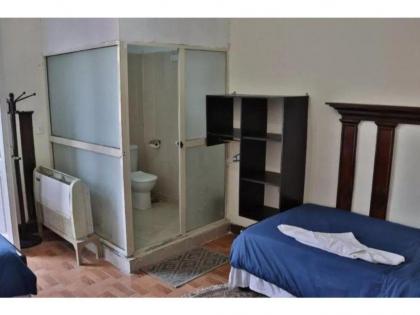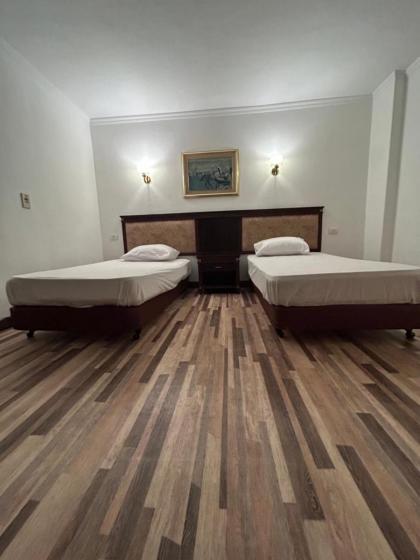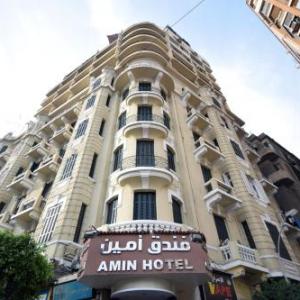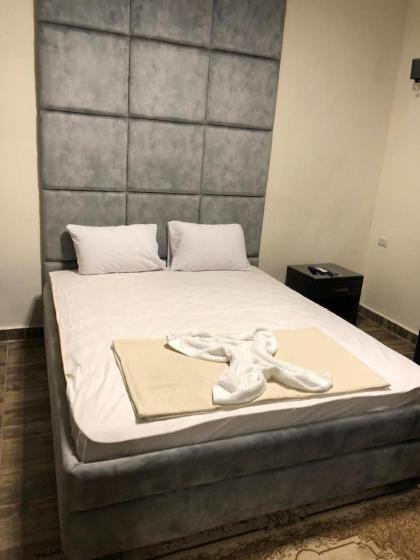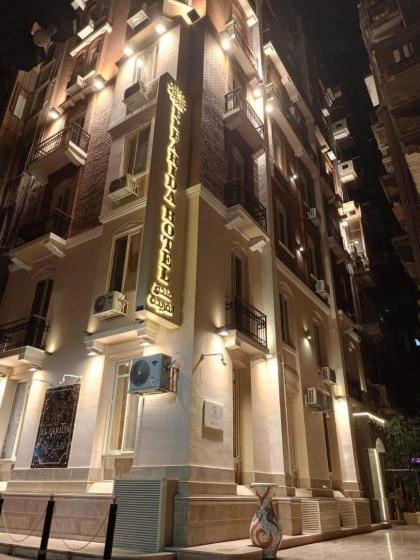Featured Hotels Near Mosque of Ibn Tulun Cairo
Sayeda Zainab Street Houd Marsoud S (0.4 km from Mosque of Ibn Tulun)
A 7-minute walk from Mosque of Ibn Tulun in Cairo Helmeya Apartment with Touristic Views provides accommodations with access to a public bath.
1258 El Nasr Rd ¿¿¿¿¿¿¿ ¿¿ (1.5 km from Mosque of Ibn Tulun)
Throughout the day engage in the entertaining activities available at Deluxe Furnished Apartment ocean blue compound . Unwind by the pool at apartment and cherish a leisurely moment.
El-Gomhoreya Square (1.5 km from Mosque of Ibn Tulun)
Elite Studios offers accommodations in Cairo 1.2 miles from Mosque of Ibn Tulun and 1.5 miles from Al-Azhar Mosque. The air-conditioned accommodation is 1.1 miles from The Egyptian Museum.
41 شارع نوبار باشا (1.6 km from Mosque of Ibn Tulun)
Located within a 11-minute walk of Tahrir Square and 0.9 miles of The Egyptian Museum Heaven Hostel provides rooms with air conditioning and a private bathroom in Cairo.
26 Kasr Al Nile Fifth Floor Next To (1.7 km from Mosque of Ibn Tulun)
Featuring a restaurant Pharoah's Palace offers accommodations in Cairo a 8-minute walk from Tahrir Square and half a mile from The Egyptian Museum. The property is around 1.5 miles from Al-Azhar Mosque 1.6 miles from Cairo Tower and 1.
47 Al Falaki Street (1.7 km from Mosque of Ibn Tulun)
Located in the heart of Cairo this hostel is 10 minutes’ walk from the Egyptian Museum and the Nile. It has a terrace and rooms with a balcony. Free Wi-Fi is available.
11 Moderit El Tahrir Street Garden (1.7 km from Mosque of Ibn Tulun)
Located in Cairo a 12-minute walk from Tahrir Square The New Garden Palace Hotel provides accommodations with a terrace private parking a restaurant and a bar. This 3-star hotel offers room service a 24-hour front desk and free WiFi.
11 Moderiat El Tahrir St Garden Cit (1.7 km from Mosque of Ibn Tulun)
Budget Hotels Near Mosque Of Ibn Tulun See All
You Might Also Like These Hotels Near Mosque Of Ibn Tulun See All
Neighboring Points Of Interest: See All
About Hotels in Mosque of Ibn Tulun!
The Mosque of Ibn Tulun is one of the most iconic landmarks in Cairo, Egypt. It was built in 876–879 CE by the Abbasid governor of Egypt, Ahmad ibn Tulun, and is considered to be one of the oldest mosques in Africa.
This impressive building stands out with its unique architectural style that combines elements from both the Abbasid and Fatimid dynasties. The intricate design incorporates a large central courtyard surrounded by eight arcades with a total of nine domes.
Each dome is decorated with colorful stucco carvings, while the minarets on each corner stand as four tall towers soaring towards the sky. With its distinctive architecture and stunning decoration, it is no wonder that this mosque has become an iconic symbol of Cairo and continues to draw tourists from all over the world.
The structure itself consists of three main parts; a large central courtyard which serves as an open-air prayer hall, plus two smaller courtyards at either side. The mosque also houses several other rooms such as a library, lecture halls, offices and tombs for Ahmand ibn Tulun himself and his family members.
The walls are covered in intricately designed stucco carvings featuring geometric shapes and abstract designs which have been identified as Persian in origin. There are also numerous inscriptions written in Kufic script which adorn the walls throughout the complex. Most notably there is a Quranic verse carved onto a marble plaque at the entrance gate to welcome visitors into this sacred space.
When you enter through the main gate you are greeted by towering minarets on each corner with their distinct pointed arches framing the sky above them. As you move further into the complex you come across an impressive display of Islamic artistry visible throughout every feature from painted tiles to beautiful marble columns that rise up like giant sentinels keeping watch over this ancient monument preserving centuries worth of traditions for generations to come. Indeed, this landmark stands today as both a testament to its remarkable past and reminder for what can be accomplished when we appreciate beauty in every form it takes on our journey through life’s many paths







